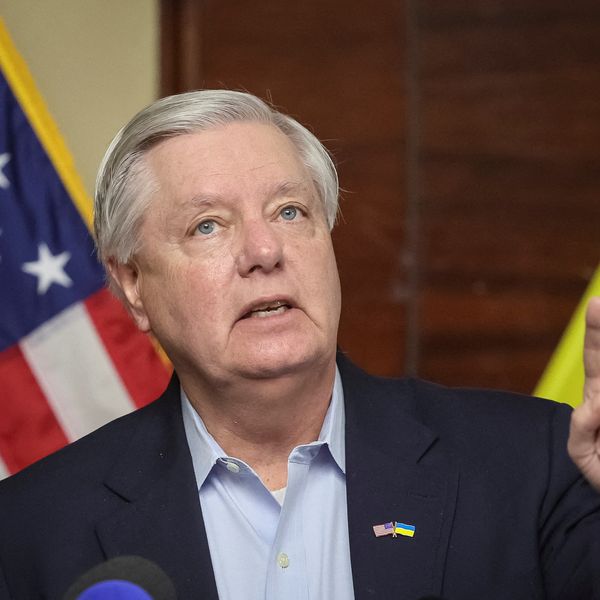According to a survey by the Chicago Council on Global Affairs, only 41% of Americans support the idea of U.S. troops defending Israel, even if its neighbors attacked it. This is a decrease from 53% in 2021 and represents the lowest level of support since the the council started tracking the question in 2010.
According to the survey, 55% of Americans overall are against the idea of sending troops to defend Israel. These numbers show a decrease in support from Republicans, typically Israel’s biggest supporters, from 72% in 2021 to 55% today. Democrats went from 42% in favor of defending Israel with U.S. troops in 2021 to 35% today.
The poll was conducted online from June 21 through July 1.
Americans still believe in a peacekeeping mission, however, with 54 percent of Americans supporting sending peacekeeping troops if a deal between Israel and the Palestinians is arranged and kept, according to the survey.
The polling results come as the region is on tenderhooks over whether it will blow up into broader conflict. The United States, a stalwart partner to Israel, is at the ready if Israel is attacked by Hezbollah or Iranian allies in retaliation for high profile assassinations over the last two weeks. On the other hand, it is not clear how far Washington will go to intervene if Israel is the one to start a major conflict with Hezbollah or Iran.
Meanwhile, Iranian proxies attacked Americans in Iraq on the 5th and in Syria in late July. Additionally, the United States has committed to protecting shipping against the Iranian-supported Houthis off of the coast of Yemen. Aggression from Iran and its proxies has increased primarily because they object to Israel’s brutal conflict in Gaza, but also in response to deadly strikes from Israel into Syria in April, and Israel’s killing of Hezbollah leader, Fouad Shukur, in late July.
While it is reportedly seeking to diffuse tensions behind the scenes, the United States has positioned further military assets toward Israel, with more naval ships and fighter planes being sent to the region.
But the Chicago Council’s polling shows that Americans are still unwilling to send U.S. troops into another warzone, no matter the relationship. Perhaps the political will amongst Americans is shifting towards some semblance of international realism after generations of never-ending war. Nevertheless, this should be a signal to Israel that it can only take it’s own escalations so far, that there are real limits to American support and that includes American skin in the game.
- New poll: Nearly 70% of Americans want talks to end war in Ukraine ›
- Over 70% of Democrats support a ceasefire in Gaza: Poll ›
- American Sentiment for Interventionism Fading | Responsible Statecraft ›
- Biden sends US troops to Israel weeks ahead of election | Responsible Statecraft ›
- Poll: Lowest recorded American sympathy for Israelis in 25 years | Responsible Statecraft ›














